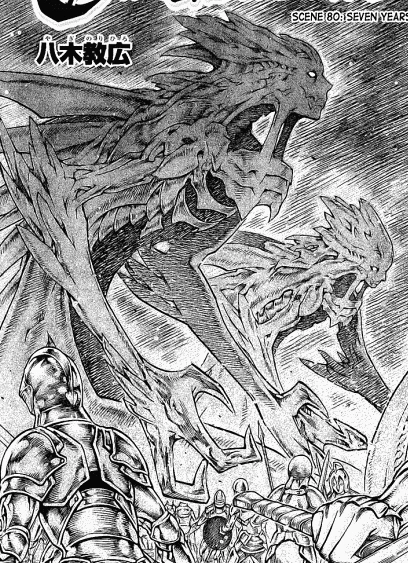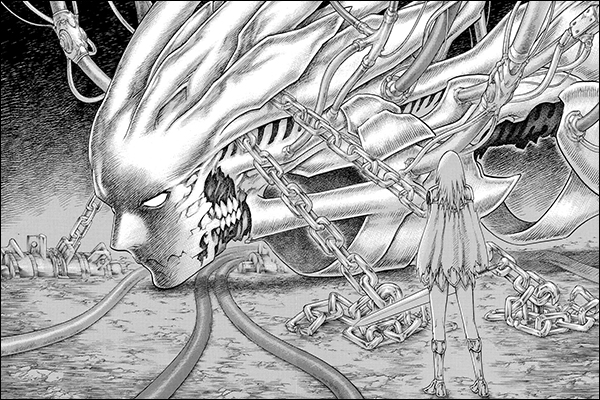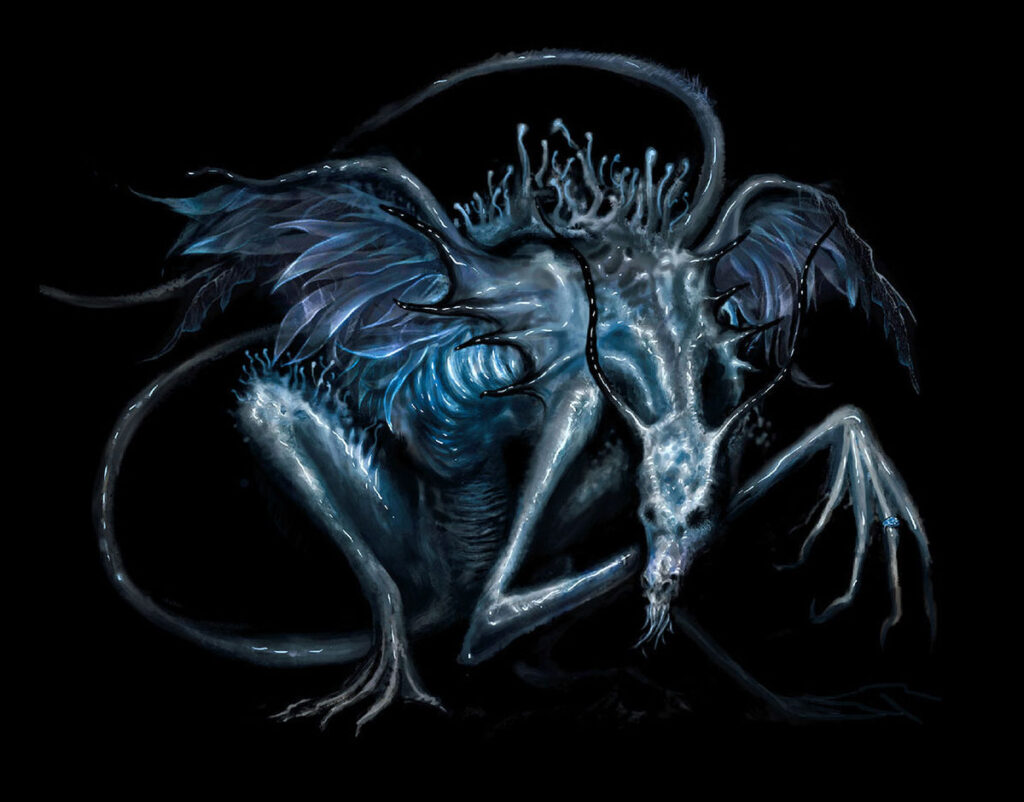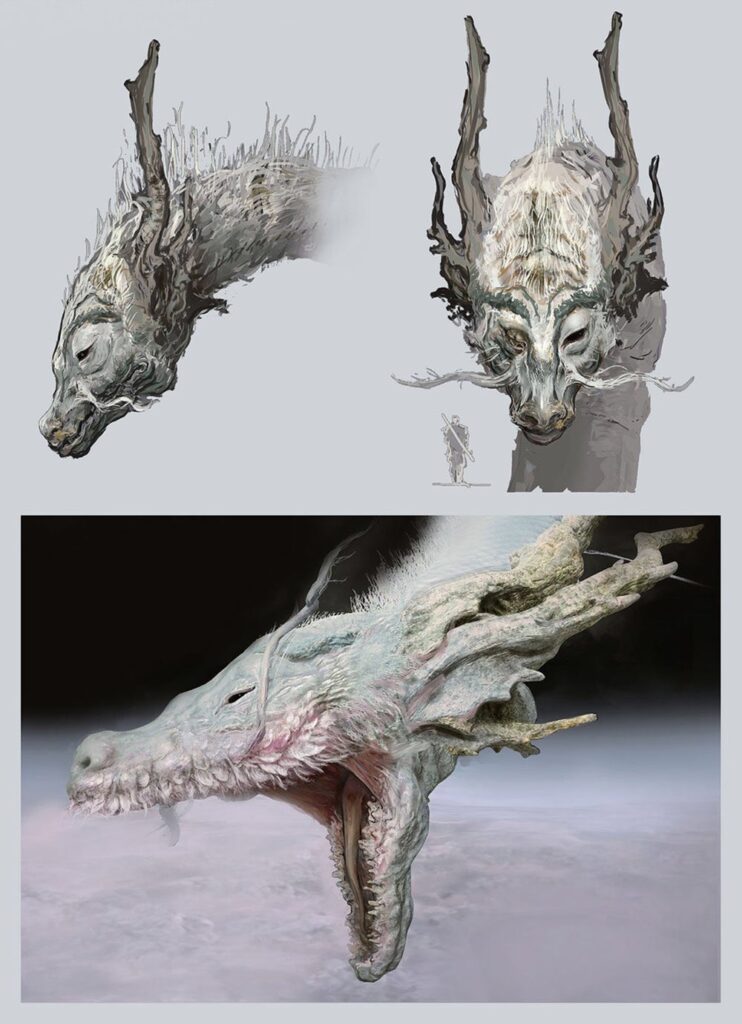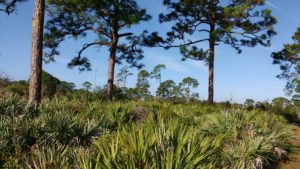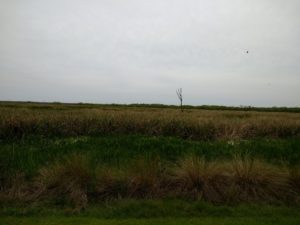Thinking about dragonborn for an upcoming 5e game I’ll be running/playing in. This is designed to be laid atop dragonborn as they are in the book, so there aren’t any additional or different mechanics at the moment.
Dragonborn are not a distinct people; they are lucky or unfortunate inheritors of dragon nature, and can be found among humans, elves, or anyone who consorts with dragons.
Some families are familiar with their inheritance, each generation instructing the next in the pursuit of dragonhood. There are even communities of dragonborn, or polities led by a dragon-natured line. Other families learn of their ancestry when their newborn’s first screaming breath is accompanied with a plume of smoke.
Dragon nature is fierce but fitful, and what marks a dragonborn depends on both random chance and how wholeheartedly their embrace dragonhood; those who embrace it metamorphose slowly to become more dragonlike. Pick some or all of the following signs at character creation. You may choose additional signs each time you gain a level.
Signs of the Dragon
- Horns
- Sharp eye teeth
- Fingers terminating in claws
- A scaled tail
- A thick mane growing from the scalp and neck, sometimes extending a distance down the spine
- Dragon facial features (somewhere between a crocodile and a cat), sometimes sparing the mandible
- Scales, usually densest on the back, back of the neck, and back of the arms
- Digitigrade, clawed feet
- Reptilian eyes

Dragonborn in the world
Dragonborn families and communities are complicated.
- Those who wholeheartedly embrace their nature may shed their human senescence and mortality before dying, allowing them to pursue metamorphosis without end.
- Rarely, a member of a dragonborn family will give birth to a wriggling wyrmling–a miraculous portent, for such wyrm-get will grow up to be wise and immense, dragons in truth.
- Conversely, an elder dragonborn may occasionally find a human infant working themselves free from their clutch.
The path to dragonhood is long and uncertain, and dragonborn may find themselves wandering from it. Ancient dragonborn can undergo exploratory metamorphoses or make a mistake in their embrace of dragon nature, splitting or duplicating appendages, growing human limbs at dragon scale, exposing muscle or organs through gaps in integument, losing some or all of their scales to reveal glabrous flesh, sprouting gills or filmy insect wings, fungal hyphae, fleshy cerata, mineral growths, roots, and so on. Most ancient dragonborn bear signs of this error or experimentation, but a few are lost to it. They shed aspects of their human nature without attaining the dragon equivalent (morality, memory, ability to dream or sleep), causing them to become erratic or even mindless.
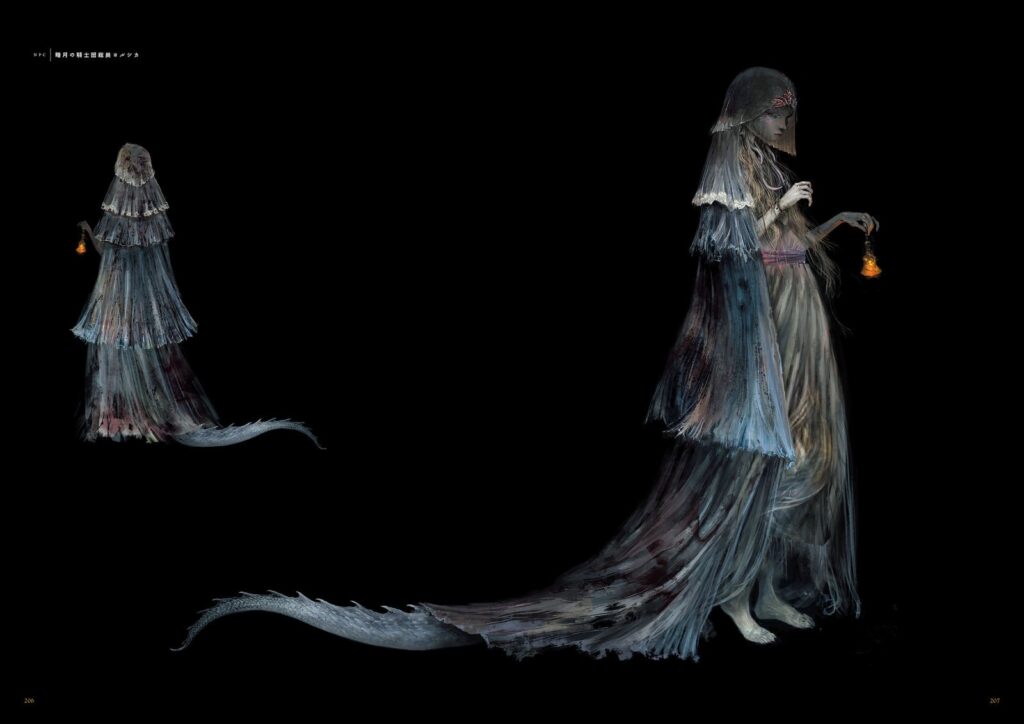
Dragonborn Communities and Factions
Dragon Lepers. Those who nurse the memorial plague of the Green Dragon. It brings longevity along with mutation, slowly bending the afflicted towards the dead dragon’s shape across centuries. Limbs stretch and bones twist, the disease knitting torn skin back together with keratinized integument and shredded muscle with pulpy hyphae. Dragon Lepers share their dreams, always on the edge of a bottomless mire into which the Green Dragon’s vast corpse sinks.
Golden Dragon Alchemists. Students of the Golden Dragon who accentuate their inheritance with ritual medicine. They pierce themselves with needles forged from the gold of its body and drink elixirs distilled from its crumbling bones, gaining extended life, but also something of the old dragon’s greed. They are marked by their golden eyes and golden canines, and sometimes the horns that push through their temples. Most are hermits or pursue their craft in isolated schools, but every few generations a royal line or noble house turn to dragon alchemy to improve their family’s grasp on power.
Derelict Dwellers. The bearers of the blessing of the Blue Dragon. Its body is the foundation of a vast atoll and flourishing coral reef; every generation, some number of the atoll’s dwellers are born with coral horns or faints sparks on their breath. Derelict dwellers who embrace their fate live forever, but become slower and more brittle with age, eventually becoming as sessile as the coral that made them. Some choose to settle in the shallows around the atoll as immortal additions to the crackling reef that forms their home; others travel to distant seas to form the basis of a wholly new storm reef.
High House of Sigurd. Descended from a storied dragonhunter who drank up the lifeblood of the Red Dragon in an inspired violation of the great taboo. Inheriting his cursed and stolen strength, they have established themselves as a member of the aristocracy, a privilege they defend with weapons forged in their elders’ dragonfire. Their cannoneers and brass-clad dragoons are especially hated.
Others: The Crystal Dragon Rite – dragonborn collective that conducts dialogues with celestial bodies from icy mountaintops; Gravetenders – inheritors of the Black Dragon who cultivate the worms that feast on its body and brew artificial souls to do their bidding.
